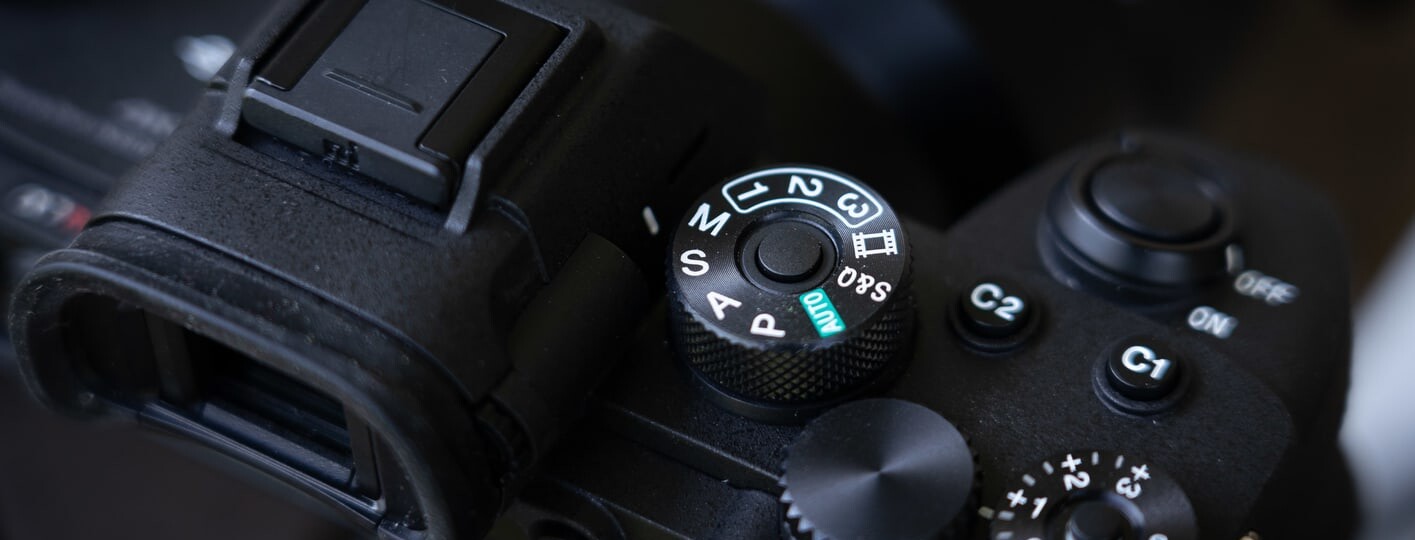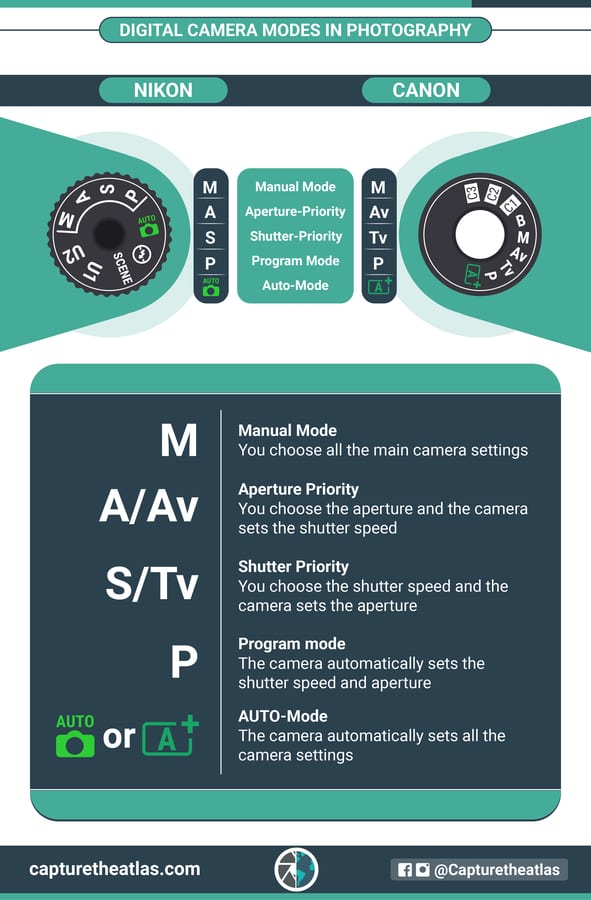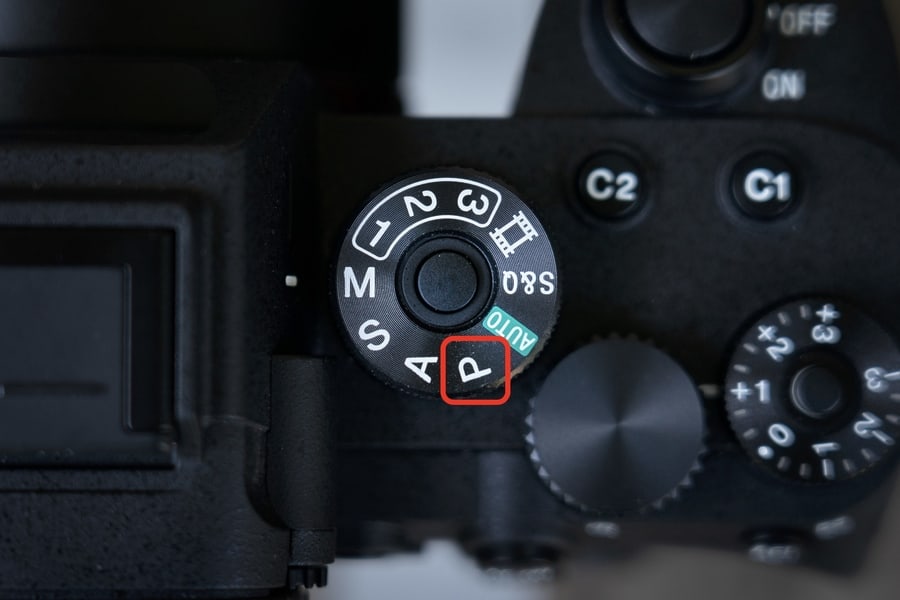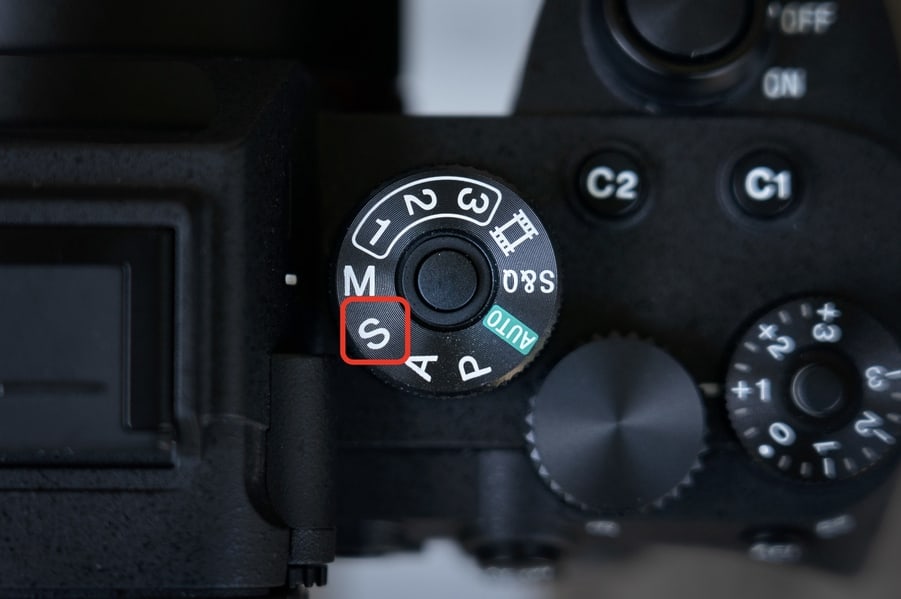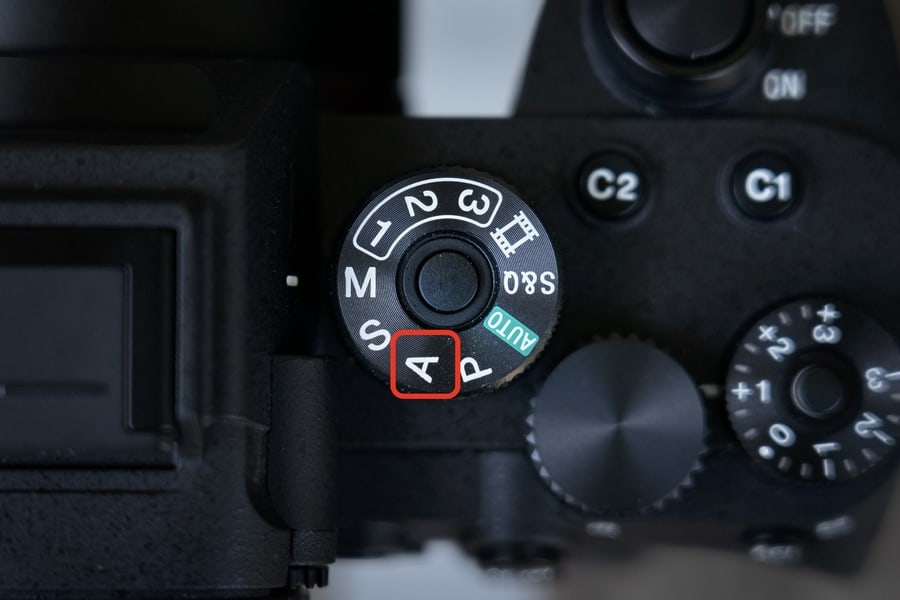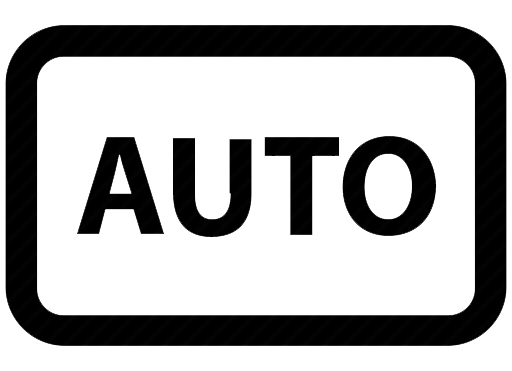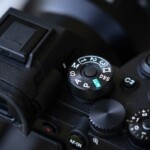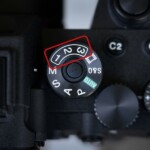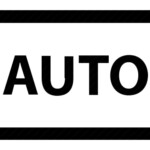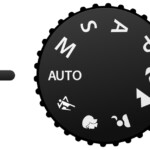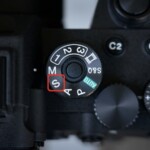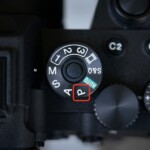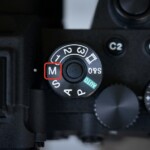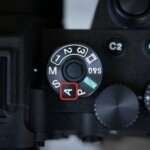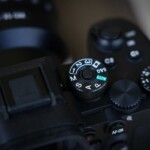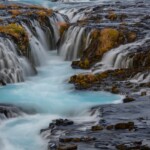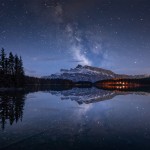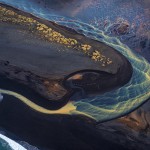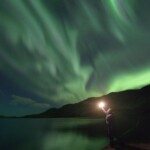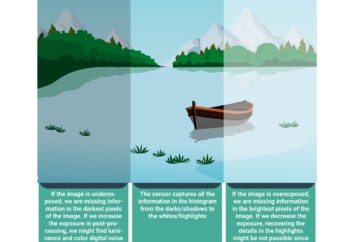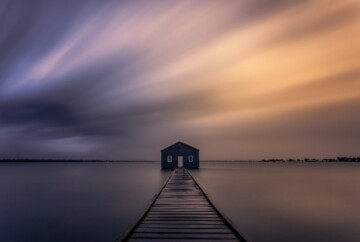Understanding digital camera modes is fundamental to take the best possible images.
Using the different camera dial modes, you can choose the best settings for your camera according to the scene and your photographic skills.
In this guide to camera shooting modes, you’ll find everything you need to master the main camera modes. This includes auto modes on camera that can make things easier such as the camera program mode, and other modes where you’ll have full control over your camera settings such as the camera manual mode.
Of course, we’ll also get into the semi-automatic or priority modes, and most importantly, we’ll dive not only into what the camera modes do but also when you should use the different camera shooting modes.
Ready to understand digital camera modes in photography?
- What are digital camera modes?
- What are the different camera modes?
- Program camera mode
- Manual camera mode
- Shutter-priority mode
- Aperture-priority mode
- Auto ISO and digital camera modes
- Other digital camera mode types
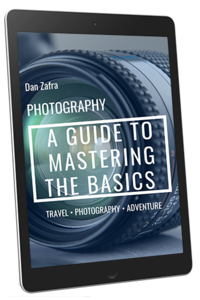
GET OUR FREE EBOOK TO
MASTER THE PHOTOGRAPHY BASICS
20 LESSONS AND 80+ PAGES WITH EXAMPLES, INFOGRAPHICS, TIPS, AND MORE!
What are digital camera modes?
Simply put, digital camera modes can be defined as camera controls that photographers have to choose before shooting a subject. Camera modes affect things like the main settings of aperture, shutter speed, and ISO, and help photographers get the best exposure in an image.
Digital camera modes or “Shooting Modes” can be changed using different camera mode icons found on the dial or camera wheel. Most digital cameras have these on the top of the camera body. You can find what all the dials and wheels of your camera do here.
The main modes are also known as “Camera Modes PASM” or “shooting modes P.A.S.M.” according to the digital camera symbols. Some of them are auto-modes or semi-automatic (a.k.a camera priority modes), while others are fully manual.

Digital camera modes are the controls that adjust the main exposure settings
The basic digital camera modes are the same in all cameras, with slight differences in the nomenclature depending on the manufacturer. For example, in Canon camera modes, Shutter priority is “Tv Mode” while in Nikon camera modes, this is simply called “S Mode”.
Below you’ll see an in-depth description of the best camera modes, what they do, and when to use them! (You can also check this information by downloading our PDF photography guide.)
What are the different Camera Modes in digital photography?
In a nutshell, these are the main digital camera modes in photography:
- Program Camera mode (P): The camera automatically selects the shutter speed and aperture.
- Shutter Priority Mode (Tv/S): You choose the shutter speed and the camera sets the aperture.
- Aperture Priority Mode (Av/A): You choose the aperture and the camera sets the shutter speed.
- Manual Camera Mode (M): You choose all the main in-camera settings.
Now we’ll dive into each specific camera dial mode:
Program Camera Mode (P Camera Auto Mode)
The Camera Program Mode or “P Camera Mode” is one of the basic shooting modes and it’s considered an Auto-Mode on camera.
According to this camera mode, your camera will set the aperture and shutter speed according to the light of the scene to get an exposure value equal to zero.
This camera dial mode controls the main settings of the exposure triangle in your camera, but no other camera settings like the metering mode, white balance, focus area, etc.
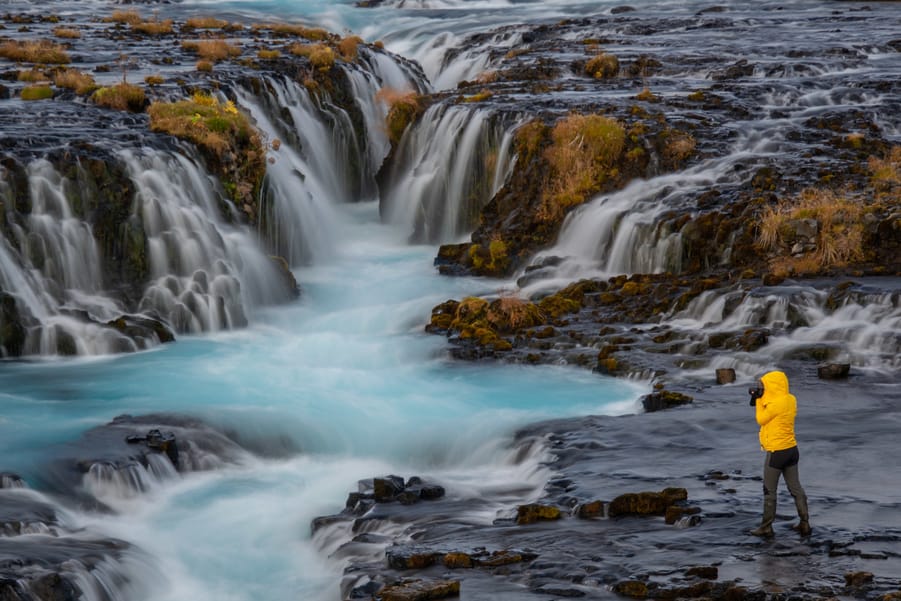
Camera Program Mode is a good shooting mode for beginners and for challenging situations
It’s a good camera mode for beginners and for those tricky situations when it’s difficult to decide which are the best basic settings. However, I generally wouldn’t recommend this mode since you won’t have any way to decide some important aspects of the image like the depth of field, the motion, etc.
The camera program mode is available in all entry-level and advanced cameras, and all manufacturers use the same camera mode symbol with the “P” Mode on the camera wheel.
Manual Camera Mode (M Camera Mode)
The Manual mode in camera or “M Camera Mode” is a more advanced shooting mode and is considered a Fully Manual Camera mode.
Using Manual mode, you’ll have full control over your camera, so you can decide which are the best exposure settings according to the light conditions and your subject.
Your only guide will be the in-camera light metering, which will tell you the exposure value according to the metering mode and the main settings that you’re using.
Even though it seems daunting and can be overwhelming for novice photographers, the manual mode is the best camera mode to capture the scene exactly as you want. It’s the camera mode you have to master if you want to take your photography to the next level.

Manual mode allows you to have full control over the camera and exposure settings
I personally use manual mode in camera in most situations. In Milky Way photography or when you shoot panoramas, it’s a must!
You can use the camera manual mode in all DSLR and mirrorless cameras (It’s also the only camera mode available in film cameras), and the camera mode icon is the “M” mode on the camera dial.
Shutter-Priority Mode (Tv/S Camera Mode)
Shutter Priority mode or “Tv/S Camera Mode” is a camera priority mode and is considered a semi-automatic Camera Mode.
Using the Tv or S setting on camera, you’ll set the shutter speed and the camera will set the aperture according to the available light in order to get a good histogram. If you set a fast shutter speed, your camera will select a wide aperture, whereas the slower the shutter speed, the narrower the selected aperture will be.
This camera priority mode is commonly used in those situations where you know that you need a specific shutter speed in order to freeze the movement of the subject or to capture motion. For that reason, it’s the best camera mode for sports.
However, there are some limitations in the shutter-priority mode. For example, if you set a very fast shutter speed, and there’s not enough light available, your camera will be limited by the max. aperture of your lens, resulting in an underexposed image.
Personally, I just use this camera mode when I know the shutter speed I need to freeze motion. For example, when I was shooting from an open airplane over Iceland, I knew my shutter speed needed to be at least 1/2000th of a second.
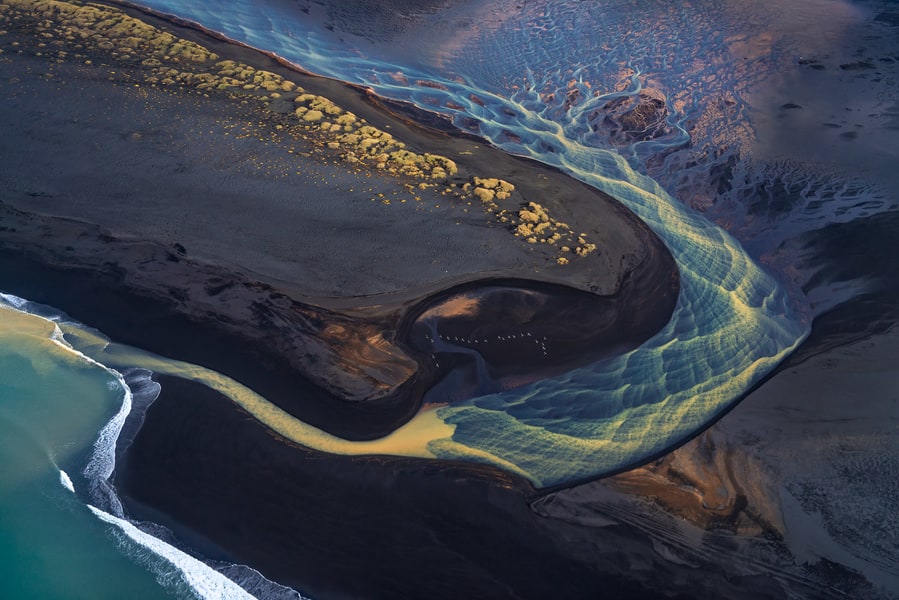
Using shutter-priority, you set the shutter speed and the camera sets the aperture
This camera shooting mode is available in all cameras, but some manufacturers use different nomenclature, like the Canon Tv camera mode vs. Nikon S Camera mode.
Shutter-priority IN CAMERA NOMENCLATURE:
Canon: “Tv camera mode”
Nikon: “S camera mode”
Sony: “S camera mode”
Aperture-Priority Mode (Av/A Camera Mode)
Aperture Priority or “Av/A Camera mode” is the second camera priority mode and it’s also considered a semi-automatic Camera Mode.
When you select the Av or A setting on camera, you’ll select the aperture and the camera will automatically set the shutter speed to match a balanced exposure. If you use a wide aperture, your camera will select a faster shutter speed, whereas if you use a narrow aperture, your camera will set a slower shutter speed.
This camera priority mode allows you to have full control over the depth of field of your image, something crucial in the final look of your photograph.
Unlike the Shutter priority mode (Tv mode), Aperture priority mode usually provides better results, since the camera has barely any limitations setting the best shutter speed. That’s why this is one of the most popular camera modes in photography and a dial mode widely used by professional photographers.
In my case, I love aperture-priority for shooting wildlife. That way, I can select a wide aperture if I want to get a narrow depth of field with a blurred background, and my camera automatically matches the best shutter speed.
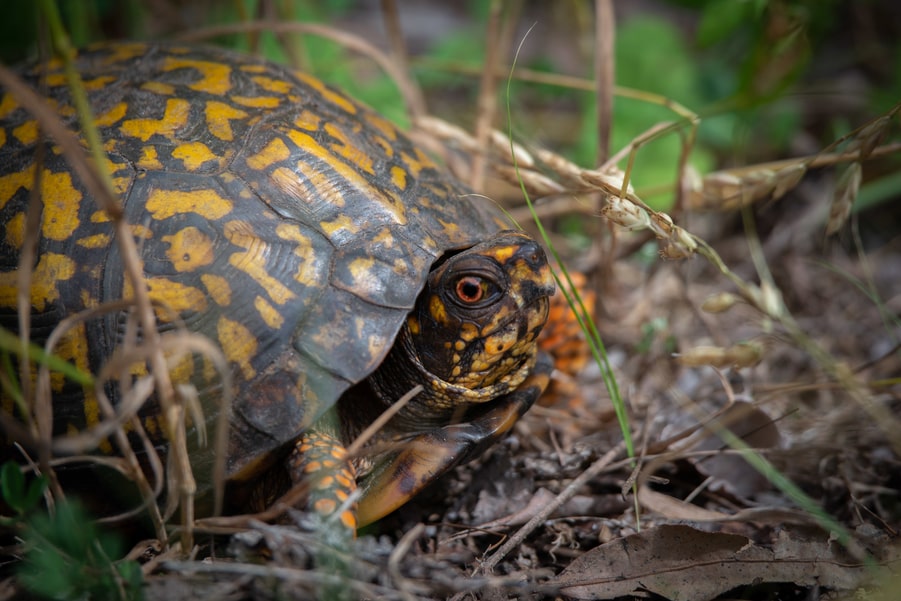
Using aperture-priority, you set the aperture and the camera sets the shutter speed
If you shoot animals that move very fast, like birds in flight or in low light conditions, you may get blurry pictures using this camera mode. In that case, you should use shutter priority mode instead to set the correct shutter speed and freeze the motion of the animal. Or, even better, you can set a min shutter speed if you are using Auto ISO, as we will explain below.
This shooting mode is also available in all cameras and the nomenclature also depends on the manufacturer. The Canon Av Camera mode and the Nikon A camera mode are the most popular.
Aperture-priority IN CAMERA NOMENCLATURE:
Canon: “Av camera mode”
Nikon: “A camera mode”
Sony: “A camera mode”
AUTO ISO and digital Camera Modes
As you probably noticed, we spoke about DSLR and mirrorless camera modes, but we haven’t mentioned ISO so far. Does ISO depend on the camera dial mode?
The answer is: it depends!
By default, we have to manually adjust the ISO. However, AUTO ISO can be used in any of the above digital camera modes, even in manual camera mode, if we want our camera to set this setting for us:
- If AUTO ISO is active: This will be automatically set by the camera. It doesn’t matter if we’re using camera program mode, Shutter/Aperture priority, or manual mode; your camera will calculate which is the best ISO according to the light and other settings.
- If AUTO ISO is inactive: You’ll have to manually adjust the ISO setting. This step will be crucial to get a balanced exposure, even if you’re using any of the auto modes or camera priority modes.
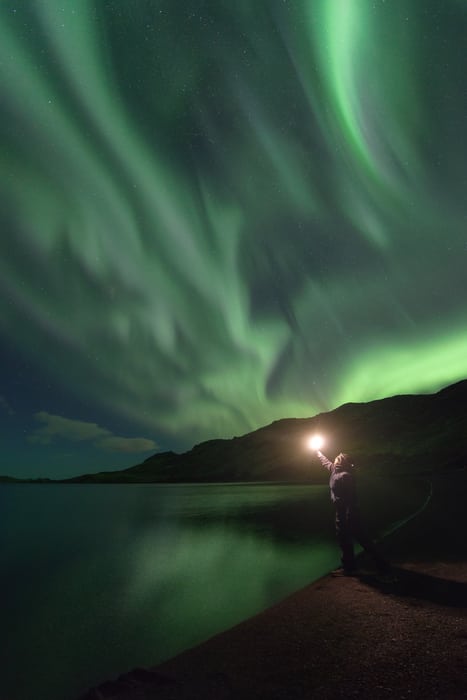
Auto-ISO can be useful in some situations. Don’t forget to set an Auto-ISO limit to avoid digital noise
If you decide to use Auto ISO, one of the best photography tips for beginners is to set an ISO limit. Depending on your camera sensor size and other specs, you might end up finding digital noise in your images if you raise the ISO over your camera limits. A good reference point is a maximum of ISO 3200 for entry-level cameras and ISO 6400 for advanced cameras.
Besides, if you’re shooting a scene where there is some motion you want to freeze, for example, when shooting a bird in aperture-priority mode and with auto ISO, I recommend you set a min. shutter speed so you don’t get a blurry picture.
Other Digital Camera Mode Types
Apart from the main digital camera modes we’ve seen so far, some entry-level cameras include additional camera preset modes to help decide the best mode depending on the subject.
These camera dial modes are represented by different camera mode icons like a flower, mountains, a person running, etc. These modes are created following a mix of the main four camera modes explained before (P, S, A, M modes), and the main goal is to guide beginners when they first pick up a camera.
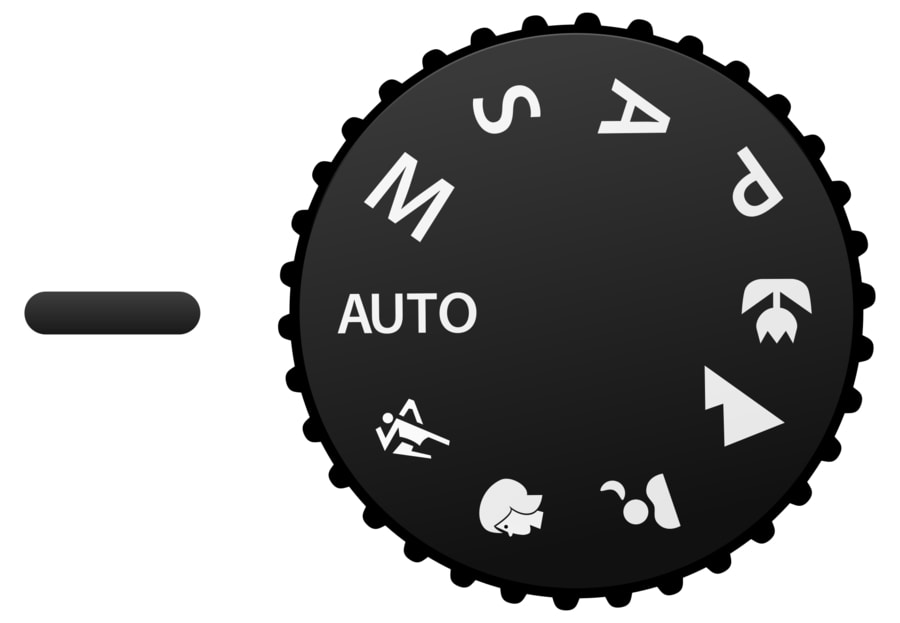
Other camera shooting modes included in entry-level cameras
Even though they might look helpful when you’re starting, I would NOT recommend using them. You can get more consistent results using any of the 4 main camera dial modes, and if you upgrade to a more advanced camera, these camera mode icons and presets won’t be included.
These are some of the other camera modes that you can find in some digital cameras:
Full Auto-Mode
Full Auto-Mode is the main camera mode most novice photographers rely on when they start in photography.
Using this dial mode, the camera automatically selects all the camera settings. Unlike the camera program mode where the camera sets the main exposure settings, in this shooting mode, the camera will also set the focus mode, metering mode, white balance, color profile, etc.
It’s similar to most point & shoot or smartphone cameras, and even though it’s tempting to use it, this camera mode is very limited and not recommended.
The camera mode symbol is usually depicted in green as “AUTO” with a camera or camera screen.
Portrait Mode
This Image mode sets a wide aperture in order to get a shallow depth of field and to blur the background for taking portraits.
Landscape Mode
Landscape mode has a mountain symbol and uses a narrow depth of field to maximize the depth of field for shooting landscapes.
Sports Mode
The sports camera mode sets a faster shutter speed to freeze the motion of the subject in wildlife/sports/action photography.
Macro Mode
Using macro mode, the camera focuses on subjects close to the lens.
Custom Modes
Apart from the camera various modes mentioned above, some advanced cameras allow the photographer to customize different camera modes.
This is widely used by professionals who photograph different types of situations. For example, some wildlife photographers customize a camera custom mode for shooting action and a different custom mode for shooting still animals.
These custom modes are usually included in the camera dial wheel. A good example are the Sony Camera modes, which shows custom mode icons as C1, C2, and C3.

Custom modes in Sony Camera
camera modes F.A.Q
Conclusion
As you’ve seen in this camera modes tutorial, there are many different camera dial modes to choose from in order to get the best settings and exposure.
You can use any of the four best camera modes “PASM” according to your skills and the scene that you want to photograph; from camera program mode when you’re shooting a challenging scene or you’re still learning the photography basics, to camera manual mode when you want to have full control over your settings and you feel more confident with your camera.
Also, don’t forget about the camera priority modes like shutter-priority (Tv, S) and aperture-priority (Av, A), which can be useful in many different scenarios.
In any case, I’d recommend you not only learn the camera modes and what they do but also to put them into practice! It’s the best way to become a better photographer and get off the auto mode!
Any questions related to Camera shooting modes? Feel free to leave them in the comments below!
